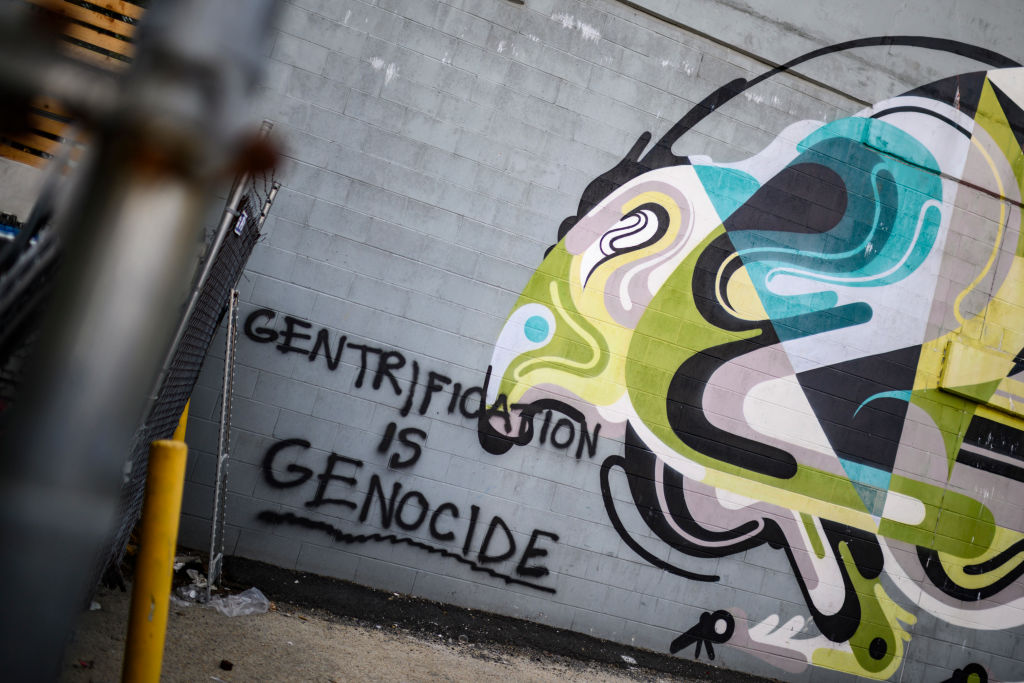Gentrification is impacting cities across America. Many low-income and marginalized people have been left without a home as they are unable to afford the high cost of living in their neighborhoods.
But no place has been hit harder than the nation’s capital.
According to a report from the National Reinvestment Coalition, more than 40% of Washington D.C.’s low-income neighborhoods were affected by an influx of wealthier residents, rising home prices, and shifting demographics between 2000 and 2013.
Washington, D.C. ranks behind New York City and Los Angeles for the highest number of gentrifying neighborhoods.
New York City was the most gentrified by ‘sheer volume,’ with 24 percent of its low-income neighborhoods experiencing the phenomenon and nearly 15,000 African Americans displaced, according to the report.
But the District ranks first in the “intensity of gentrification” based on the percentage of lower-income neighborhoods being reshaped by new residents. Black residents in D.C. have been the hardest hit by the effects of gentrification, with more than 20,000 African Americans moving out of their neighborhoods during that time.
“You feel it and you see it,” said Jesse Van Tol, chief executive of the NCRC. “It’s the visibility and the pace of it.”
According to Van Tol, gentrification has followed a national move back to cities, particularly among affluent workers who had historically left the bigger cities for suburban neighborhoods.
Nationally, at least 135,000 African Americans and Hispanics have been forced out of their neighborhoods due to an increase of gentrification in their communities, as reported in the Black Chronicle.





